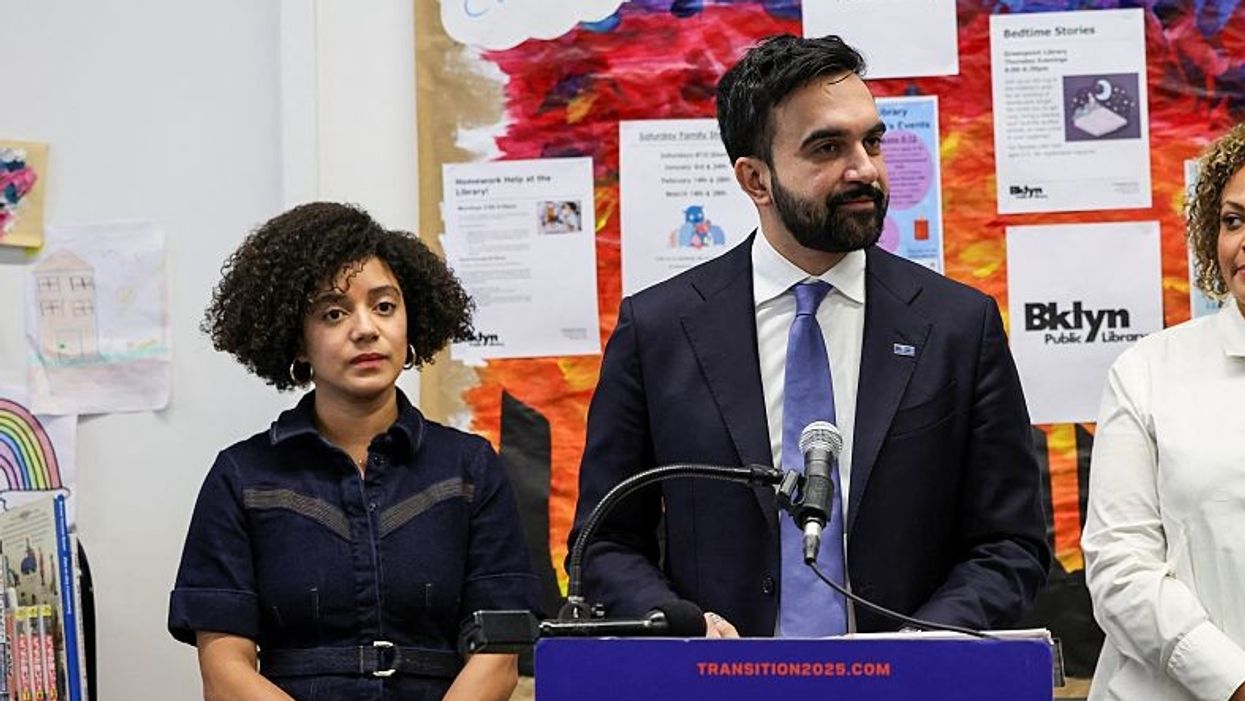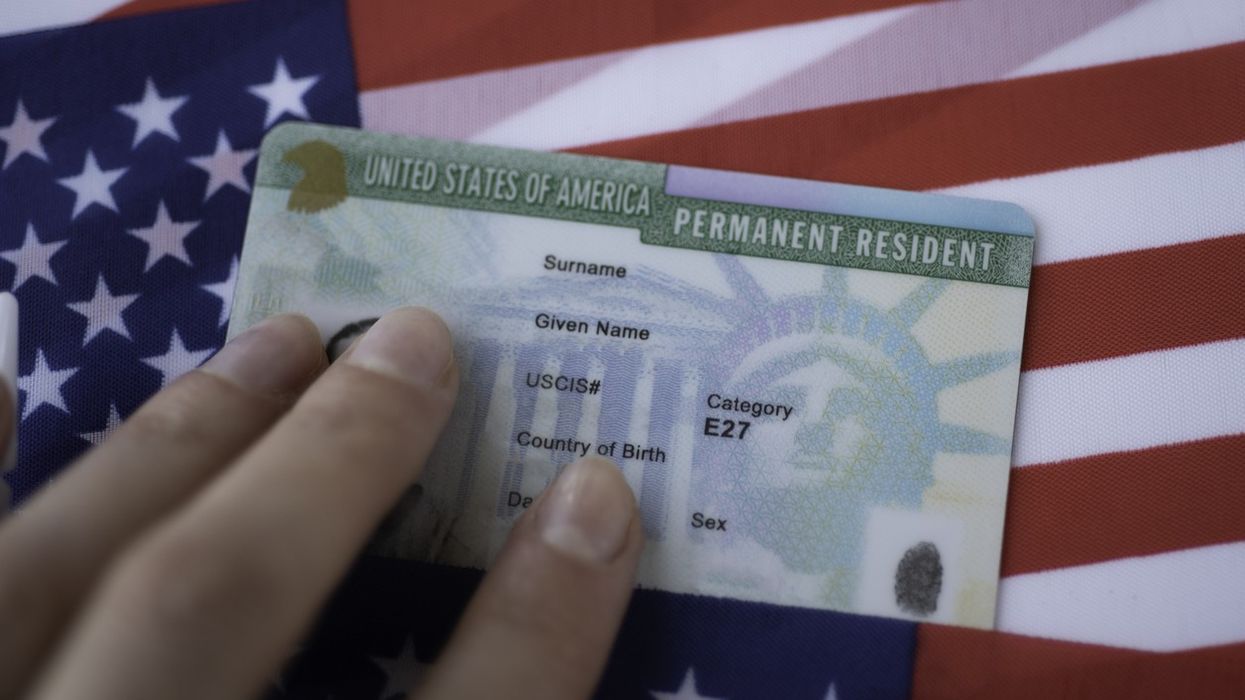The United States Citizenship and Immigration Services (USCIS) has announced an important update to its Child Status Protection Act (CSPA) policy manual, effective August 15, 2025. Under the new guidance, visa availability for the purposes of calculating CSPA age will be determined solely using the Final Action Dates chart from the Department of State’s Visa Bulletin.
This marks a major change from the previous practice, where USCIS relied on the Dates for Filing chart. The update aligns USCIS rules with those of the Department of State, ensuring that both agencies use the same chart to determine when a visa is considered available.
Understanding the Child Status Protection Act (CSPA)
Enacted in 2002, the CSPA was designed to protect certain immigrant children from "aging out"—that is, losing eligibility for a green card after turning 21—due to long visa backlogs. Typically, unmarried children under 21 can qualify as dependents through a parent’s approved petition for permanent residency.
However, because processing backlogs often stretch for years, many children turn 21 before their petitions are complete, resulting in the loss of dependent eligibility. The CSPA mitigates this risk by adjusting how the child’s age is calculated, based on when a visa becomes available.
Key changes effective August 15, 2025
Under the updated policy, a visa will be deemed “available” for CSPA age calculation purposes only when the applicant’s Final Action Date becomes current in the Visa Bulletin. This contrasts with the earlier method, where the “Dates for Filing” chart allowed certain families to calculate eligibility sooner—offering more time before a child could age out.
According to USCIS, this change will apply to all applications filed on or after August 15, 2025, while applications filed before this date will continue to be assessed under the February 14, 2023 policy. That earlier policy relied on the Dates for Filing chart, which generally provided a longer period of CSPA protection.
Applicants must still file for adjustment of status within one year of visa availability to benefit from CSPA protections. USCIS also clarified that individuals who miss this one-year period may still qualify if they can show “extraordinary circumstances” that prevented them from applying on time.
Impact on Indian H-1B families and backlogged categories
This policy change is expected to significantly affect Indian H-1B workers’ families, especially in the EB-2 and EB-3 categories where visa backlogs already span decades. Because the Final Action Dates often trail the Dates for Filing by several years, children may now lose CSPA protection sooner than under the previous rules.
Once a dependent child turns 21 without CSPA protection, they can no longer immigrate as a dependent and may need to secure an alternate temporary status like a student (F-1) visa, which can cause family separation and legal uncertainty.
Immigration lawyers warn that the tighter definition of visa “availability” will shrink the window for filing under CSPA protections, particularly for applicants from countries with severe green card backlogs such as India. Families with children nearing 21 are being advised to file before August 15, 2025 where possible in order to retain eligibility under the older, more favorable policy.
USCIS rationale and broader implications
According to USCIS, the change is aimed at “ensuring consistency” between how consular and domestic adjustment applicants calculate CSPA age.
However, critics argue that while the alignment creates uniformity, it also shortens protection timelines, increasing the likelihood of “aging out,” especially for high-demand nationalities. This update brings renewed attention to the broader challenge of lengthy green card backlogs in the U.S. immigration system and their destabilizing effect on immigrant families.
















